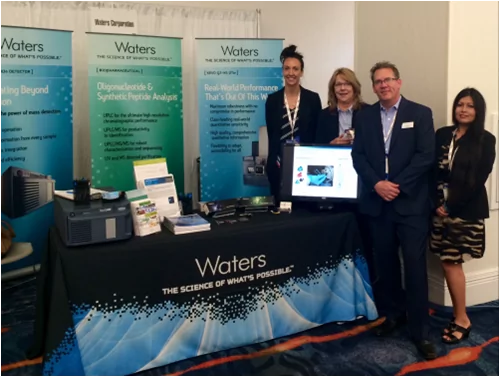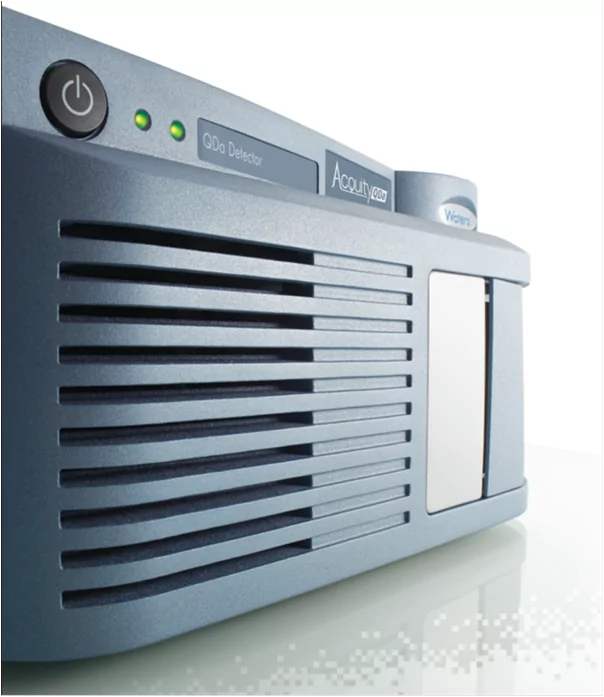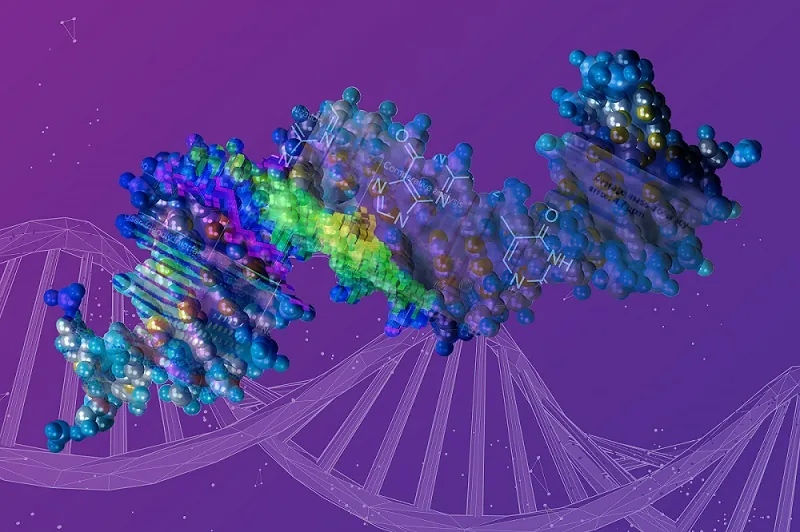Oligo-mania! Interest in Oligonucleotides Continues to Rise

From oligonucleotides and peptides to messenger RNA and CRISPR, ’tides are enjoying their time in the sun
A year ago we wrote how oligonucleotide therapeutic development, which had seen a huge wave of investment in the late 1990s and early 2000s followed by a precipitous decline in the late 2000s, was once again on the rise. We described how this investment pattern mapped to Gartner’s Technology Curve, or Hype Cycle, which occurs with many technologies across multiple industries.
The upshot was that the promise of oligonucleotide therapeutics remains high, and, despite the major challenges with oligo stability and delivery that led to a period of divestment, many companies have continued to forge ahead. Thanks to their efforts, a range of oligo modifications, conjugations, and encapsulations had been shown to greatly improve the stability and delivery of these molecules, making them attractive drug candidates once again – now fueling a new wave of investment.

It’s clear that the upswing in interest and investment in oligos is not only continuing, but that new technology developments in the areas of messenger RNA (mRNA) for gene therapy and vaccine development, and CRISPR technologies for gene editing are further expanding investment into this oligonucleotide therapeutic development space. Recognizing this trend, the conference organizers created for the first time two dedicated tracks focused solely on these topics.
Key conference takeaways:
- cGMP contract manufacturers of oligonucleotides all seem to be growing and looking to expand their manufacturing capacity
- The depth and breadth of oligonucleotide modifications (e.g.: Phosphorothioated, 2’-O-Me, LNA, etc…) for drug stability, and oligonucleotides conjugations and encapsulations (e.g.: GalNac, Peptide, Lipid Nano Particles, etc…) for targeted delivery are increasing
- mRNA development for gene therapy and vaccine development is starting to take off
- CRISPR gene editing technology holds tremendous promise, but is far from entering into the clinic
- CRISPR guide and tracer sequences can benefit from oligo modifications – data presented by Dr. Meghdad Radhar at IONIS Pharmaceuticals showed they could improve both stability and activity
- Next generation sequencing (NGS) methods are starting to be used to analyze oligo sequences
- Hüseyin Aygün at BioSpring, Gmbh showed data using the Illumina platform and indicated it worked with modified oligos as well
- Chris Wilson from Editas Medicine described a new method for creating NGS libraries (UdiTas), and showed how it was being applied to analyze CRISPR sequences, also on the Illumina platform
- Key analytical challenges remain when it comes to:
- Analyzing longer oligo sequences (80 mer +)
- Separating and analyzing low level impurities
- High throughput analysis of oligos in GMP manufacturing environments
Given what was seen at this years’ TIDES Conference, the evidence is more persuasive than ever that oligonucleotide therapeutic development has made it through the so-called “trough of disillusionment,” and has entered the “slope of enlightenment” as it relates to Gartner’s Technology Curve.
For those companies and researchers who have stayed in the game and continued to develop this technology, and for all of the people who may someday benefit from this exciting new class of therapeutic drugs, may it be so!
Additional resources:
- Review the posters we gave at TIDES 2017
- See how Waters applies LC and LC-MS to analyzing oligonucleotides
- Download our Oligonucleotide Applications Notebook
Popular Topics
ACQUITY QDa (17) bioanalysis (11) biologics (14) biopharma (26) biopharmaceutical (36) biotherapeutics (17) case study (17) chromatography (14) data integrity (22) food analysis (12) HPLC (15) LC-MS (22) liquid chromatography (LC) (20) mass detection (16) mass spectrometry (MS) (54) method development (13) STEM (12) sustainability (12)



